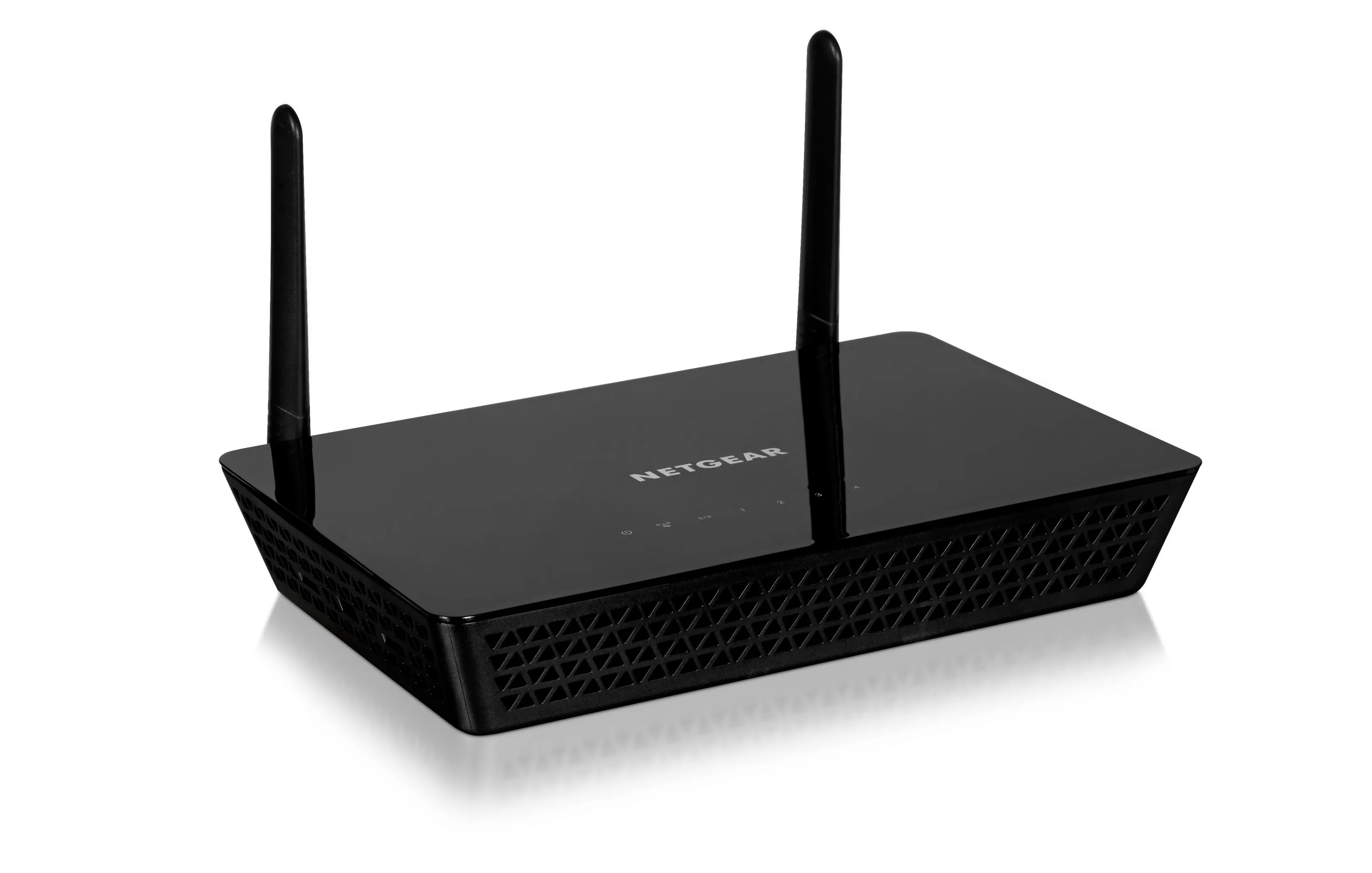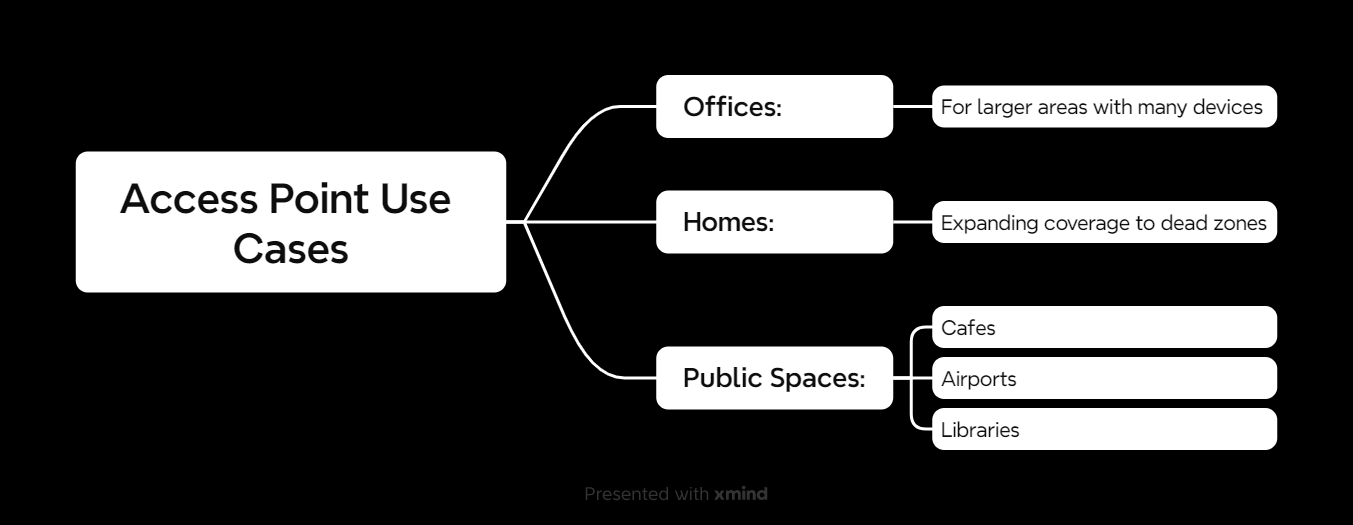Ever wondered how your devices stay connected to Wi-Fi even in large spaces? That’s where access points come in. If you’re into networking or just trying to fix a Wi-Fi dead zone at home, understanding access points is key. Let’s break it down.
What Is an Access Point?
An access point (AP) is a device that extends your network, creating a wireless connection for your devices. Think of it as a bridge between your wired network and Wi-Fi devices.
Without an access point, you’d be stuck plugging in Ethernet cables everywhere. Who wants that?
Key Features of an Access Point
1. Wi-Fi Extension
Access points expand your network by allowing wireless devices to connect without cables. They’re perfect for creating a seamless connection in large areas.
2. Multiple Device Support
A good access point can handle dozens, even hundreds, of devices without breaking a sweat. Ideal for offices, cafes, or any place with heavy Wi-Fi usage.
3. Security Features
Modern access points come with encryption, authentication, and access control to keep your network safe from unauthorized users.
How Does an Access Point Work?
Access points are pretty straightforward:
1. Connection to the Router
The AP connects to your router (usually via Ethernet), extending the network wirelessly.
2. Broadcasting Wi-Fi
Once connected, the AP sends out Wi-Fi signals that devices can pick up and connect to.
3. Seamless Roaming
Access points enable seamless roaming. This means you can move around without dropping the connection—essential in offices or large homes.
Where Are Access Points Used?
1. Offices
In a big office, one router isn’t enough to cover the entire space. Access points are used to create a reliable network for all employees.
2. Homes
Got a Wi-Fi dead zone in the basement or backyard? An access point can fix that by extending coverage to those hard-to-reach spots.
3. Public Spaces
Access points are a must in places like cafes, airports, and libraries where many users need reliable Wi-Fi.
Why Should You Care About Access Points?
If you’ve ever struggled with slow Wi-Fi or dead zones, an access point is the solution you didn’t know you needed. They’re easy to set up, and they make your network way more efficient.




